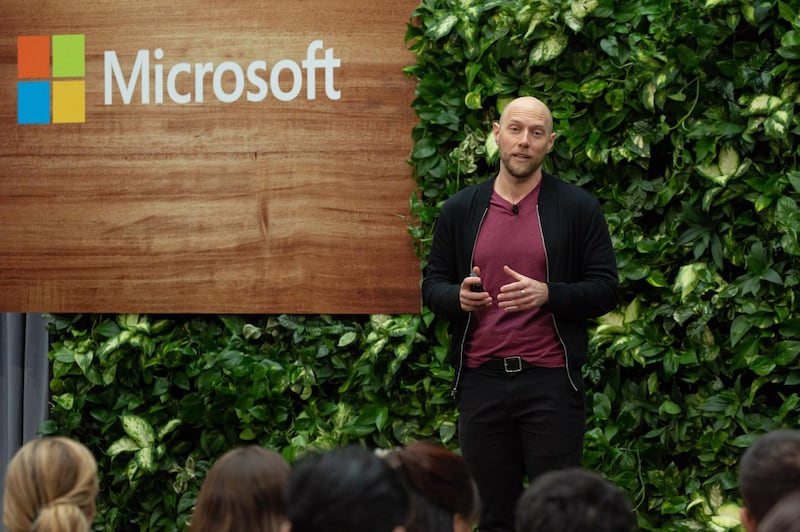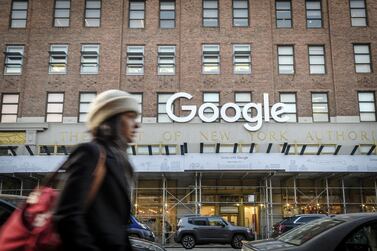Microsoft unveiled plans to invest $1 billion (Dh3.67bn) to back organisations working on technologies to remove or reduce carbon from the earth’s atmosphere, saying efforts to merely emit less carbon aren’t enough to prevent catastrophic climate change.
The company’s Climate Innovation Fund will provide money over the next four years for equity investments, debt financing and other support for the development of carbon-removal technology.
The fund won’t be used for Microsoft's philanthropic efforts on climate, although those will continue separately.
The software maker is also pledging to be “carbon negative”, meaning it will remove more carbon than it emits, by 2030.
“This is the decade for urgent action for Microsoft and all of us,” Microsoft chief executive Satya Nadella said at an event at the company’s Redmond campus.
Engineers have devised ways to capture carbon dioxide, either pulling it from the exhaust of smokestacks or sucking it directly from open air. The gas can be stored underground or put to use, for example, it can be incorporated into products such as cement.
Because most governments don’t impose a penalty or tax for carbon emissions, there’s currently no monetary incentive for companies to buy the technologies and developers have struggled to turn them into viable businesses. Most remain stuck at the demonstration stage, building showcase projects that illustrate what could be done, if someone were willing to pay for it.
“A billion dollars is a lot and a little at the same time when you think about the investment level that's probably going to be needed,” Microsoft’s president and chief legal officer Brad Smith said.
It’s not clear what efforts or companies Microsoft will back - it will now start to consider options for deploying the fund.
But there are various ideas and efforts already under development. Switzerland's Climeworks, for example, employs a reusable membrane to capture carbon dioxide pulled through machinery by fans. It then sells the concentrated gas, marketing it to beverage companies and plastic makers.
Carbon Engineering, based in Canada, uses a chemical reaction to remove carbon dioxide directly from the air, with the gas either stored underground or used to make fuel.
As it cuts its emissions, Microsoft plans to tackle the amount of carbon it generates and the emissions released into the environment by suppliers and customers. The company said it will use 100 per cent renewable energy for all its buildings and data centres by 2025 and electrify all campus vehicles by 2030.
That’s part of Microsoft’s plan to be carbon negative in 10 years, meaning it will remove more carbon from the atmosphere than it emits. Two decades after that, the software maker said it will have removed from the environment all the carbon it has emitted either directly or by electrical consumption since its founding in 1975.
Part of Microsoft’s announcement addresses the actions of customers and the company will begin a plan to have clients and suppliers use its technology to reduce their own carbon footprints.
Starting next year, Microsoft will make carbon reduction part of its procurement deals.
The company said it intends to take action on several types of emissions, including direct and electrical and heat use, but also the indirect carbon emissions that come from things like manufacturing, materials in its buildings and the electricity consumers use when deploying Microsoft products.
At Microsoft, that indirect category is about three times the others combined.
While the company said it has been “carbon neutral” since 2012, “our recent work has led us to conclude that this is an area where we’re far better served by humility than pride. And we believe this is true not only for ourselves, but for every business and organisation on the planet,” Mr Smith wrote in a blog post announcing the plans.
Microsoft accomplished carbon neutrality, like most companies, by reducing and avoiding emissions, Mr Smith said, but that’s no longer enough.
“We will not solve this problem by doing nothing,” Smith said.







